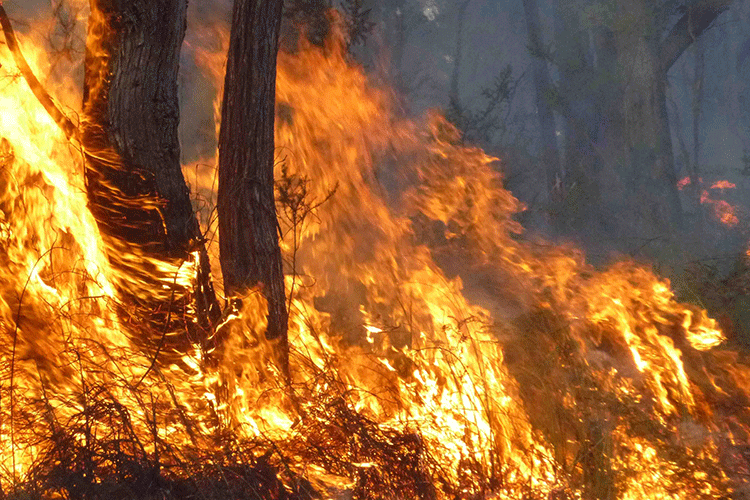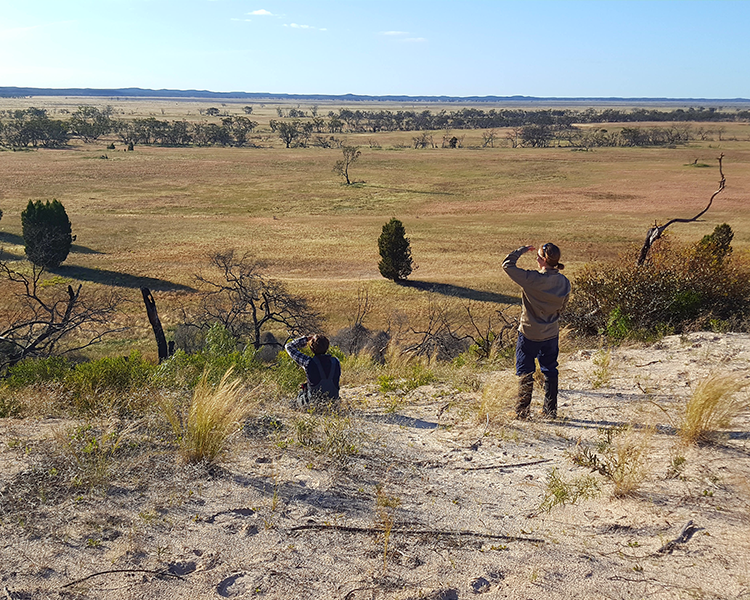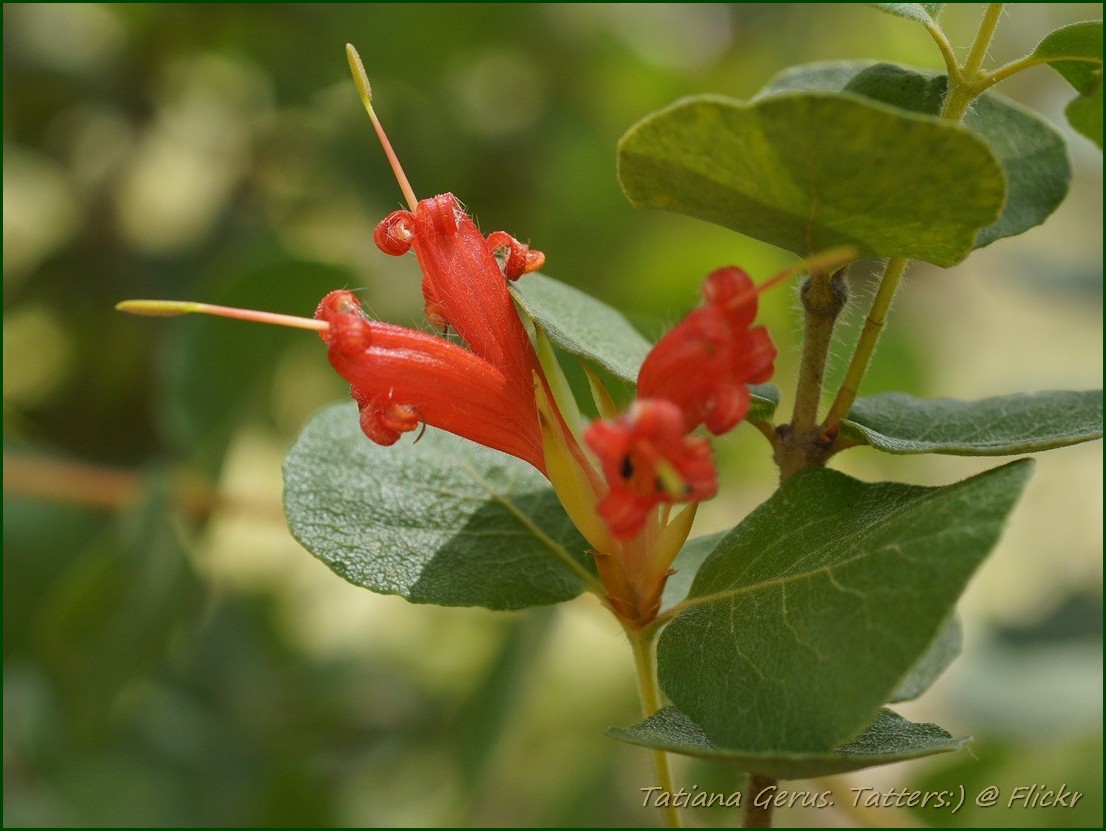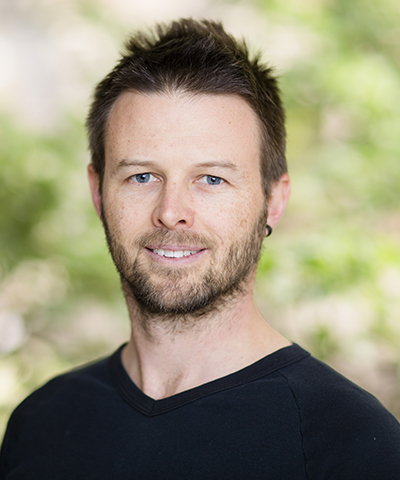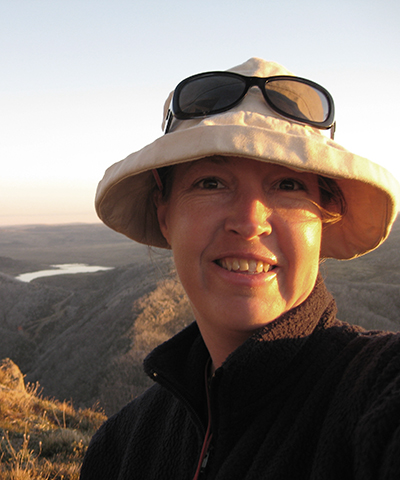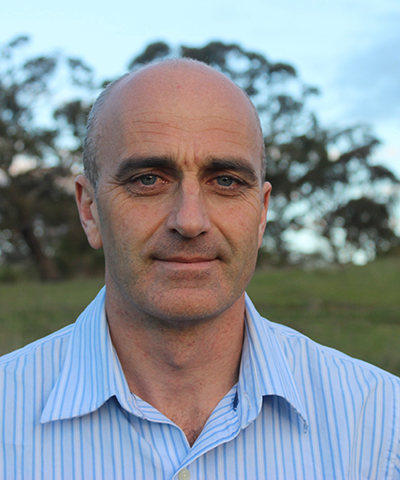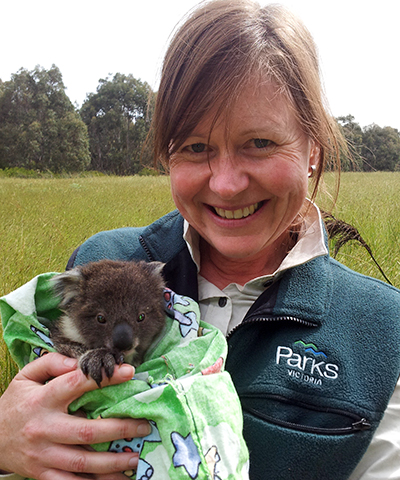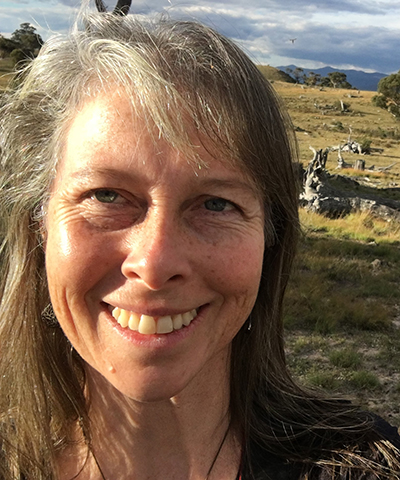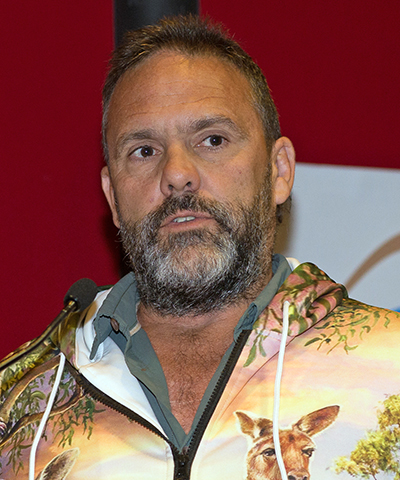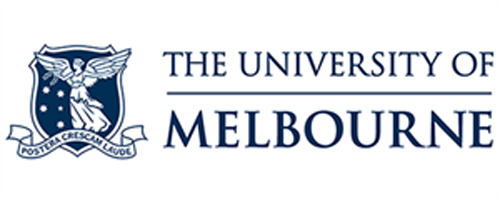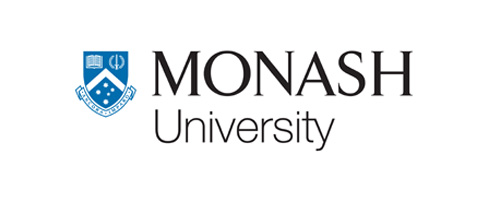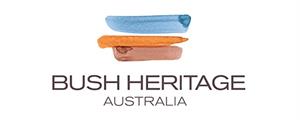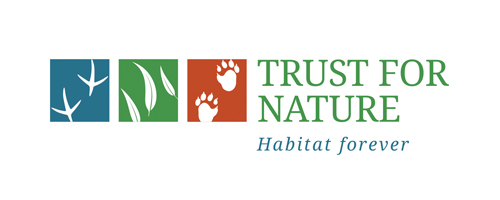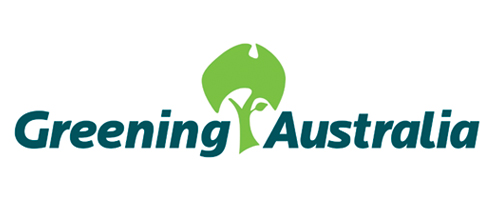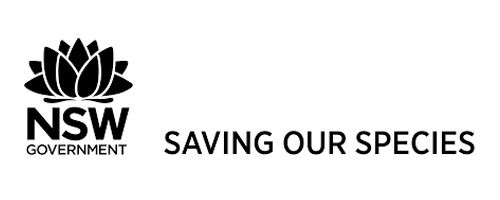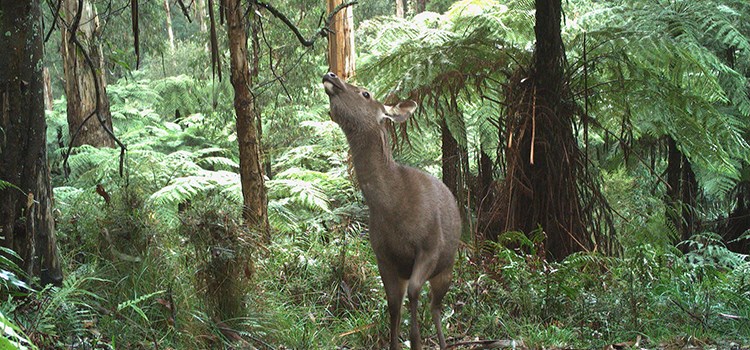
Project: 7.6
Managing impacts of feral and over-abundant herbivores on threatened species and ecological communities
Project Leaders: David Duncan , Peter Vesk
Research in Brief
Efforts to conserve many of Australia’s threatened species and ecological communities are thwarted by vertebrate herbivores. Each year huge amounts of money and effort are spent controlling populations of feral and overabundant native herbivores, developing new control techniques, and manage their herbivore impacts more cost-effectively.
While population control is the means, the objective remains biodiversity conservation. How we can best direct herbivore control and impact mitigation efforts to maximise outcomes for threatened species and communities, and landscape values and species of high cultural importance to Indigenous Australians?
Why is the research needed?
Feral and over-abundant native herbivores represent a major threat to the conservation of a great number of threatened species and communities in Australia. Government and organisations direct considerable resources to controlling feral herbivores such as rabbits, goats, and pigs – species listed as agents of Key Threatening Processes under Environment Protection and Biodiversity Conservation Act.
The need to control feral deer and horse populations, and overabundant large kangaroos, is also increasingly understood.
The threat posed by herbivores is not homogeneous. There are direct threats such as the consumption of seedlings and saplings that prevents recruitment in woodlands, and indirect threats such as feral goats competing with yellow-footed rock wallabies for food resources.
Native species and ecological communities are often simultaneously threatened by multiple herbivores. But how to measure and address the combined threat posed by multiple species is poorly understood. Further, the transferability of what we do know between species, climatic zones and environments is far from clear.
How will the research help?
We will use review and case studies and data to tease out the major dimensions of vertebrate herbivore impacts on culturally significant and threatened species and ecosystems in terrestrial environments of temperate southern Australia.
A framework will be developed that draws together:
- findings on how mammalian herbivores impact threatened species and ecological communities (including variations across contexts and systems)
- definitions to define successful management of the herbivore threat to species and ecological communities
- models linking herbivore control with outcomes for threatened species and communities cost-effective measures for herbivore control targeted at delivering benefits for threatened species and communities.
We aim to produce an accessible framework that will help managers define and cost strategies for successful mitigation of herbivore impacts over appropriate time scales for conservation outcomes for threatened species, ecological communities and culturally significant landscapes, sites and species.
The framework will be designed to assist those people tasked with incorporating such thinking into Recovery Plans and Conservation Advice statements for threatened species and communities.
What research activities are being undertaken?
This project incorporates a literature review, structured workshops, and analysis and synthesis directed toward the following tasks:
Review:
- Mode (direct/indirect impacts), hierarchy (which herbivores are more decisive) and nature of interactions from herbivores identified using profiles of threatened species and ecological communities
- Concepts used to define successful management of the herbivore threat to species and ecological communities
- Models linking herbivore population density to threatened species and community outcomes.
A national workshop (with a southern Australian focus) to establish:
- Identification of important dimensions of variation in the identified modes, hierarchies and interactions across geographic and climatic variation
- Further definition and examples of successful management of the herbivore threat to facilitate the formulation of management objectives
- Development of rapid prototyping models linking herbivore population and control scenarios to threatened species and community outcomes
- Identification of knowledge gaps impeding confident and cost-effective herbivore control for threatened species and community outcomes.
As well as limiting our focus to southern Australia, in this pilot activity we will not consider herbivory in marine environments, nor the herbivory impact of EPBC-listed species on other environments (e.g., koalas on Kangaroo Island).
A related project will focus directly on the management of herbivores in the wake of landscape-scale wildfires, such as those in eastern Australia during the summer of 2019–2020
Who is involved?
Researchers from The University of Melbourne lead this synthesis project, with Monash University, Australian National University, New South Wales Departments of Primary Industries, Parks Victoria and ACT Parks and Conservation.
The project will invite broad collaboration and participation from academics, government agencies (e.g., New South Wales Departments of Primary Industries, and Planning, Industry and Environment, Deptartment of Environment, Land, Water and Planning Vic), non-governmental organisations (e.g., Bush Heritage Australia, Greening Australia, Trust for Nature (Vic), Biodiversity Conservation Trust) and other stakeholders.
Where is the research happening?
This is primarily a review and synthesis activity; however, we will use case studies to exemplify mode and hierarchy among herbivore threats through space and time:
Those case studies are expected to include:
* the management of native and feral herbivores for the conservation and restoration of buloke woodlands in north-western Victoria, and natural temperate grasslands threatened ecological communities in the ACT.
* joining knowledge of the impacts of herbivores on culturally significant species, landscapes and cultural practice to knowledge of their impacts on threatened species and communities in alpine areas and the Snowy River corridor
When is the research happening?
The project will run from January 2019 to June 2021.
Further Information
For more information please contact:
David Duncan - david.duncan@unimelb.edu.au
Top image: Female sambar deer browsing a Pomaderris aspera. Image: Ami Bennett/The University of Melbourne
